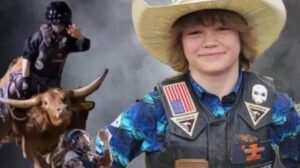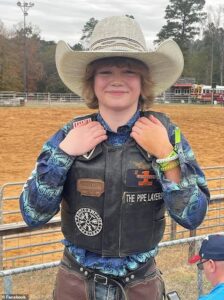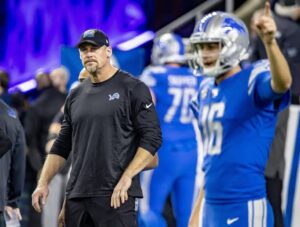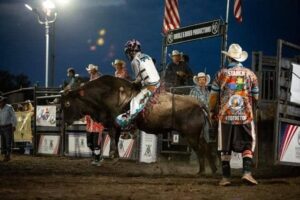
One of the physically hardest activities is professional bull riding, which calls for a special blend of strength, agility, and endurance.
Many professional bull riders appear slender and stick thin, despite the fact that controlling and riding a bucking bull requires tremendous muscular power.
This body is not by accident; rather, it is the outcome of strict food plans and exercise schedules designed with the needs of the sport in mind.
“Look I turned out great.”
“I’m sorry I’m not organic.”
– @jbmauney 😂 pic.twitter.com/qTbGF20I7u
— PBR bunkhouse 🤠🐂🌟 (@PBRbunkhouse) June 23, 2024
Diet
Expert bull riders need to keep their food in a precise balance. They need enough energy to keep up with their rigorous training and competition schedules, but they also need to avoid gaining too much weight, which might impair their dexterity and maneuverability when riding a bull.
Their diets are often heavy in protein, which is necessary for the growth and repair of muscles. Proteins derived from plants and lean meats like fish, poultry, and cattle are needed.
Additionally essential, carbohydrates provide the energy needed for both training and competition. The best sources are whole grains, fruits, and vegetables since they provide a continuous energy boost without the crash that simple sugars do.
Nuts, avocados, and olive oil are good sources of healthy fats that promote general well-being and provide you sustained energy.
Another essential component is appropriate hydration, which supports the maintenance of both general endurance and muscular function.
To make sure they get enough nourishment, a lot of riders also use supplements like protein powders, omega-3 fatty acids, and multivitamins.
Training
A professional bull rider goes through an extensive and varied training program. A different set of physical talents must be developed for bull riders than for many other athletes.
Strength training, aerobic activities, flexibility exercises, and sport-specific drills are all incorporated into their training regimen. Since a strong core is necessary to maintain balance and control on the bull, strength training emphasizes core stability.
Planks, sit-ups, and weighted carries are popular forms of exercise. Riding a bull requires power in the upper body as well, which is why weightlifters frequently perform exercises that emphasize the arms, shoulders, and back.
Cardiovascular exercises that increase stamina and endurance include cycling, running, and interval training. Bull riding sessions are quick but vigorous, forcing riders to exert a great deal of physical energy over short distances.
Training for flexibility and agility, such as yoga and dynamic stretching, can help riders move more fluidly with the unpredictable movements of bulls and prevent accidents.
Sport-specific workouts frequently simulate real bull riding by having participants ride mechanical or practice bulls. This aids riders in improving their timing, skill, and muscle memory.
Bottom line
Professional bull riders’ slender bodies are a direct result of their strict diets and exercise regimens. Through meticulous dietary management and focused physical training, these athletes prepare their bodies for the demands of competition.
Bull riders maintain their strength, agility, and resilience through a complex training routine and a high-protein, balanced diet, which embodies the grit and determination needed to prevail in this demanding sport.







